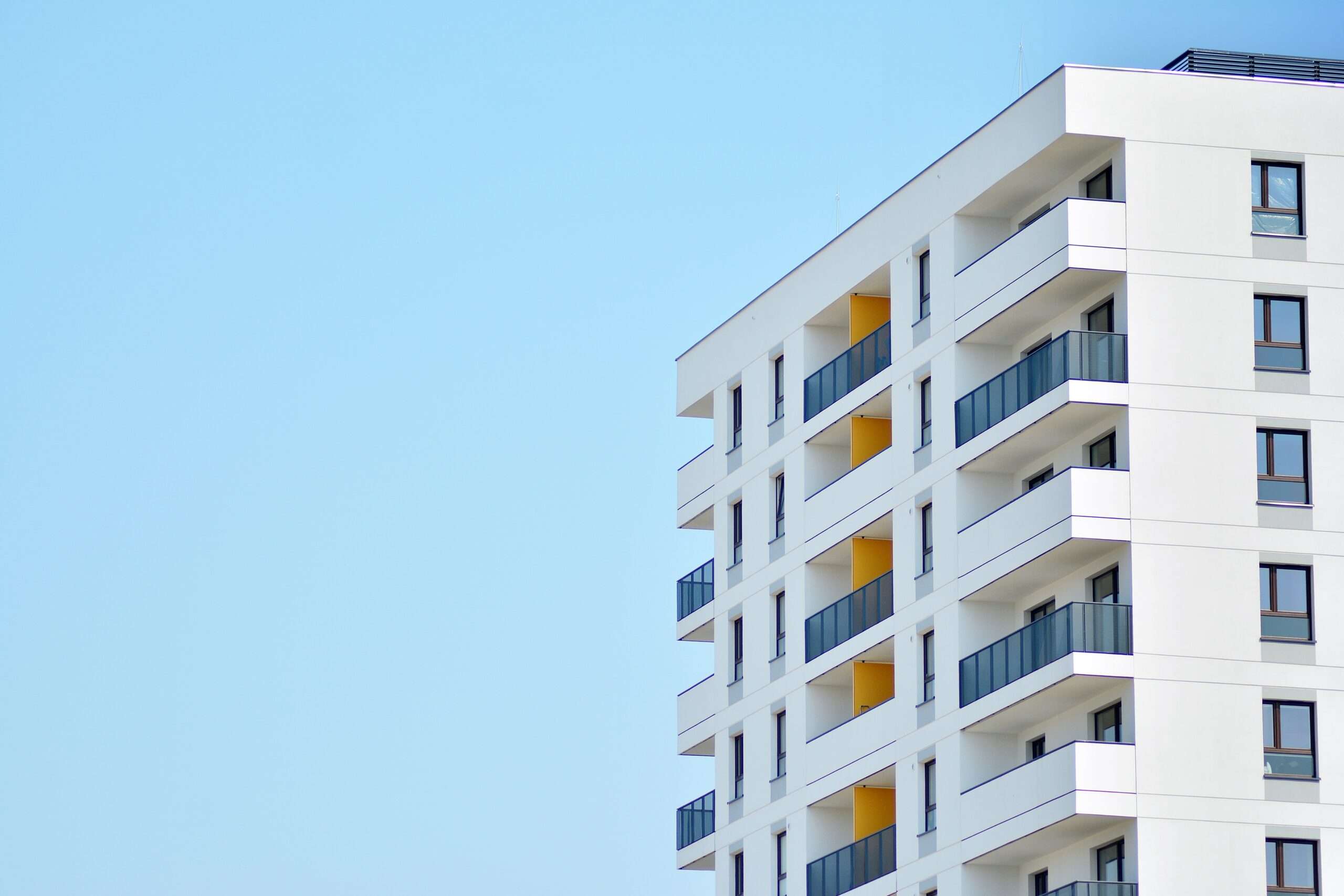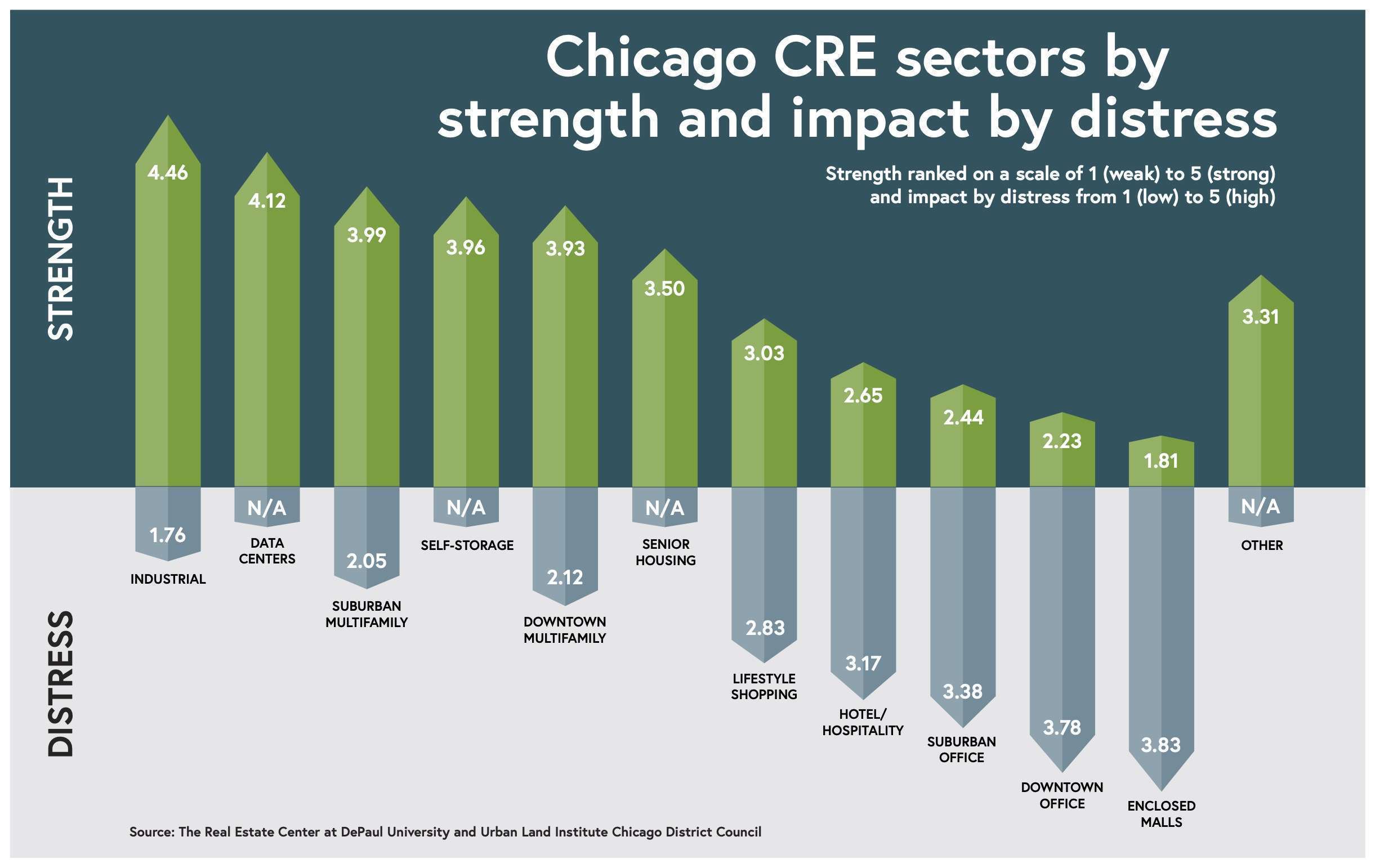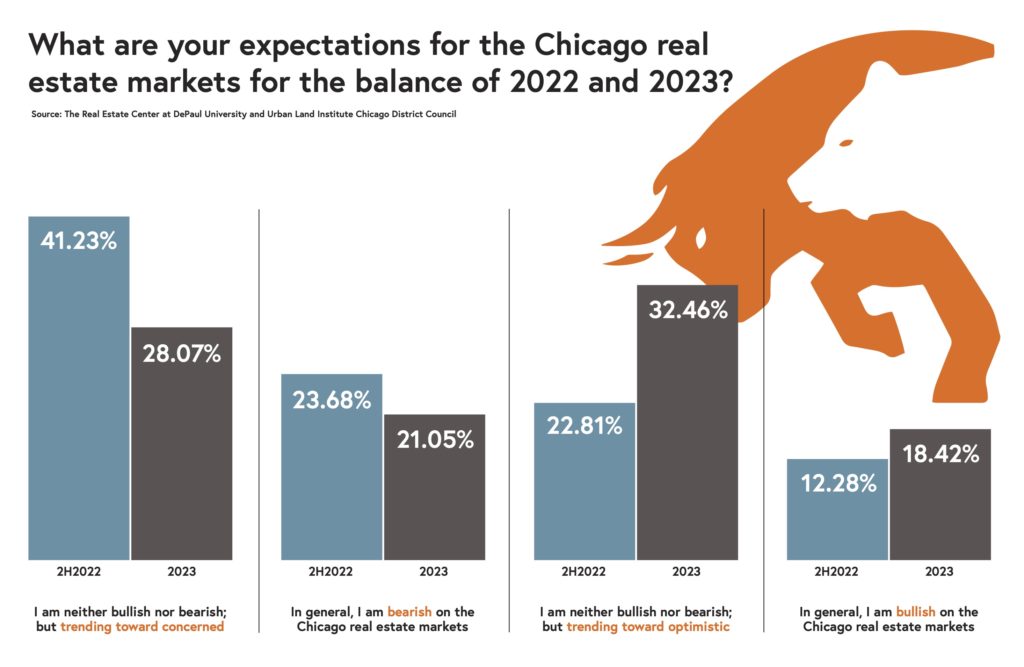
Former US Treasury Secretary sees "substantial ferment and opportunity" for CRE markets in coming contraction.
On a day when a stubbornly high inflation rate threw cold water on everyone’s hope for a soft landing for the US economy, former US Treasury Secretary Lawrence Summers assured CRE executives that “if the car’s going faster, we need a stronger brake, but that doesn’t mean we’ll hit the wall before the car stops.”
In a wide-ranging online discussion hosted by Marcus & Millichap CEO Hessam Nadji on Tuesday, Summers predicted that continued rate increases by the Fed soon will create a “recession of choice” that will bring the unprecedented job growth of the past year to a halt.
“We have incessant inflation due to a collision between demand and supply, and the Fed intends to contain it by restricting demand by raising rates,” Summers said. “My best guess is that the economy will go into recession and we’ll have a year of contraction of job growth.”
But the former Treasury chief said the economy—and the CRE sector in particular—is in much better shape to weather an economic downturn than it was in 2008 when the housing market collapsed.
“We won’t see something like 2008 again,” Summers said, noting that homeowners are much less leveraged, inventory is not overbuilt and lenders are stronger and much more careful in underwriting mortgages than they were during the sub-prime crisis.
Summers signaled that it may take a few months for the recession to materialize because fundamentals like consumer spending remain robust—and still have some room to grow.
“It’s important to remember that there’s still a big savings overhang. The amount of money that people couldn’t spend during the pandemic is $2 trillion,” Summers said.
“Only $300 billion of that has been spent, and more than half of it is [still] in checking accounts. That tells me that consumers will keep going. I don’t think they’ll run out of room to spend because of devalued paychecks,” he said.
Summers counseled CRE players not to assume that “structural” trends that have been unleashed by the pandemic—including the rise of remote work and the surge in e-commerce—will impact negatively on the demand for CRE.
“There will be substantial ferment and opportunity in CRE markets, even in a year—or two—when you won’t see job growth,” Summers said.
“Many people think it will be bad if people work from home. That’s wrong. When people go to different places, their migration becomes a source of real estate demand,” he said, adding that the rapid expansion of e-commerce during the pandemic created an exponential demand for warehouses.
Regarding the office sector, Summers thinks hybrid work is here to stay, but he does not believe it will have as much of an impact on office footprints as some may be projecting.
“A lot of people will go substantially remote. Employers are going to get better at monitoring remote work and they’ll become a bit more accepting of work at home,” he said.
“But if people come to the office three days a week, the employers will want everyone to come in on the same three days, so that will have less impact on office footprints,” Summers said.
In a prediction that is sweet music to the ears of the commercial real estate sector, the former Treasury Secretary said CRE—with cap rates currently averaging 5.7% across asset classes—remains a compelling investment opportunity compared to stocks and bonds.
“The role of CRE in portfolios is likely to be greater” in the months and years to come, Summers said.
“For a large number of portfolios, there should be a larger place for commercial real estate,” Summers said. “It’s substantially tax-advantaged, and on an after-tax basis, it looks even better.”
“A bond is 3.3 percent and that’s all it’s going to be at the end of ten years. The value of the property is vastly more likely to appreciate [over ten years]. It will go up, not down,” he added.
Source: Recession in 2023 CRE in Good Shape to Sail Through It
https://www.creconsult.net/market-trends/recession-in-2023-cre-in-good-shape-to-sail-through-it/








